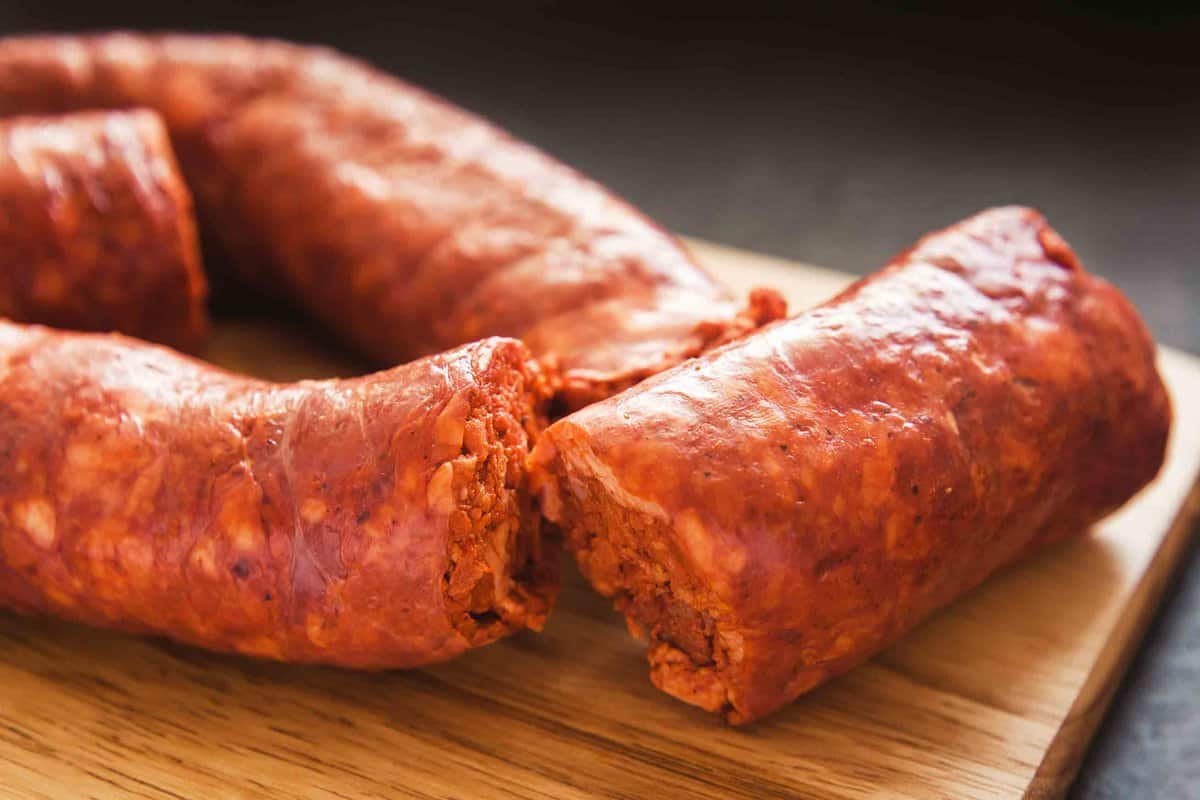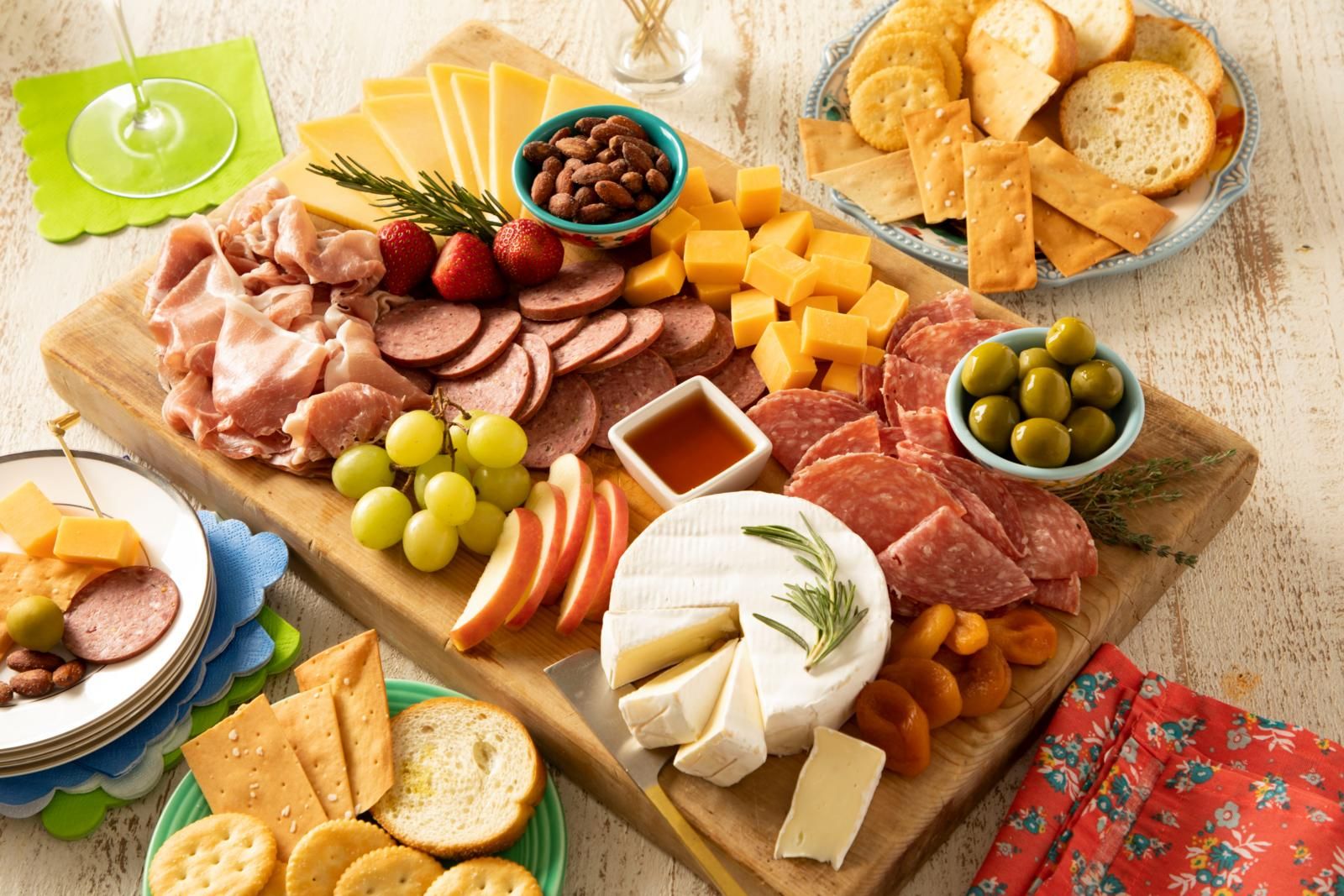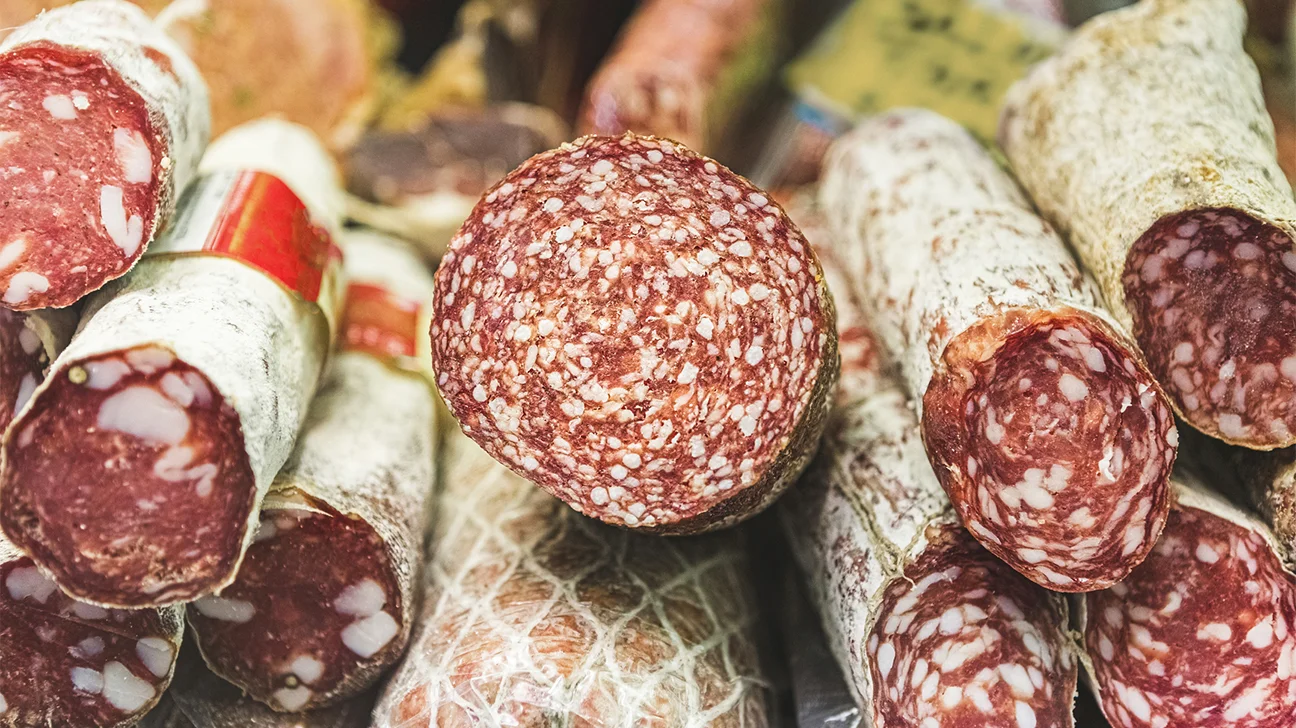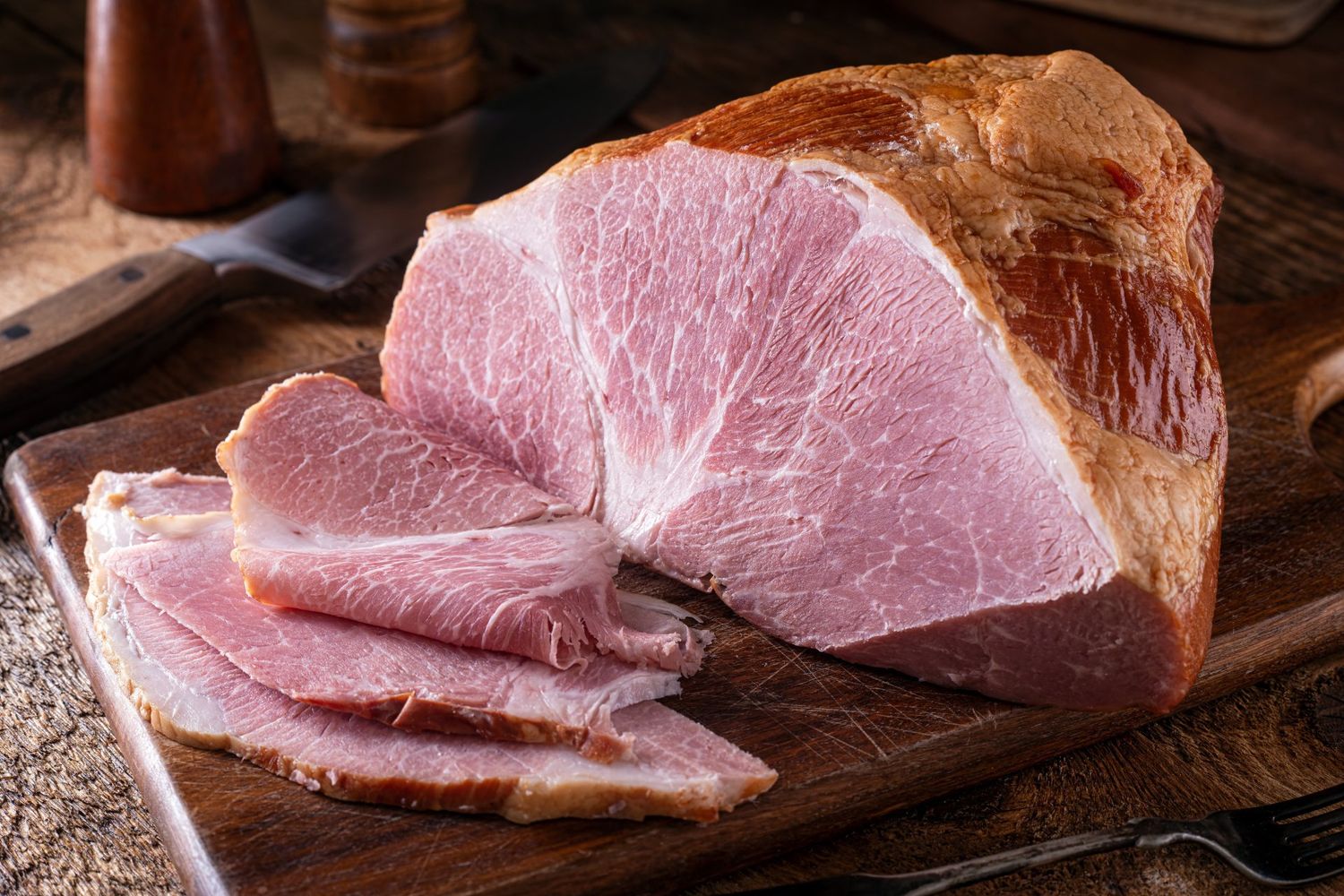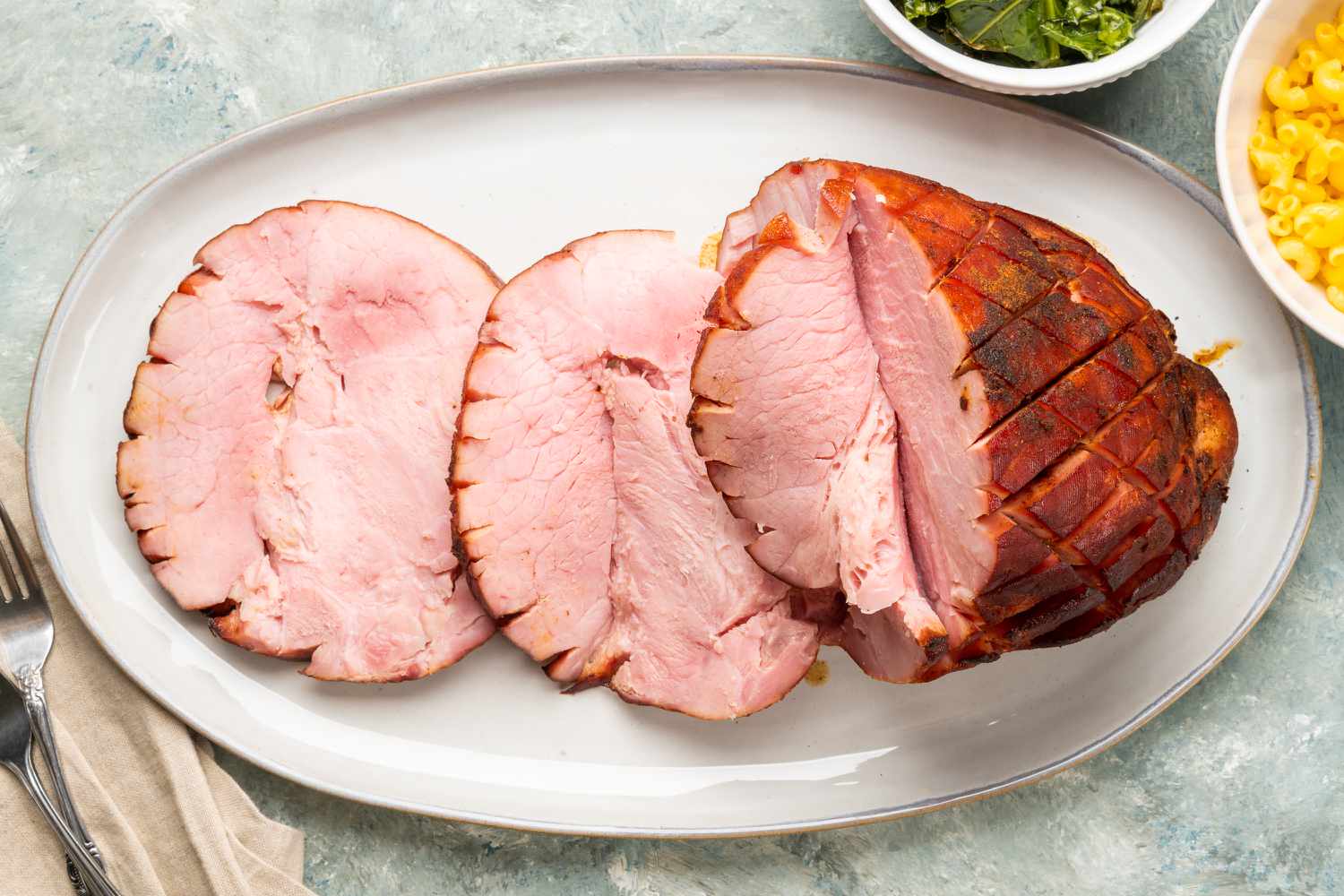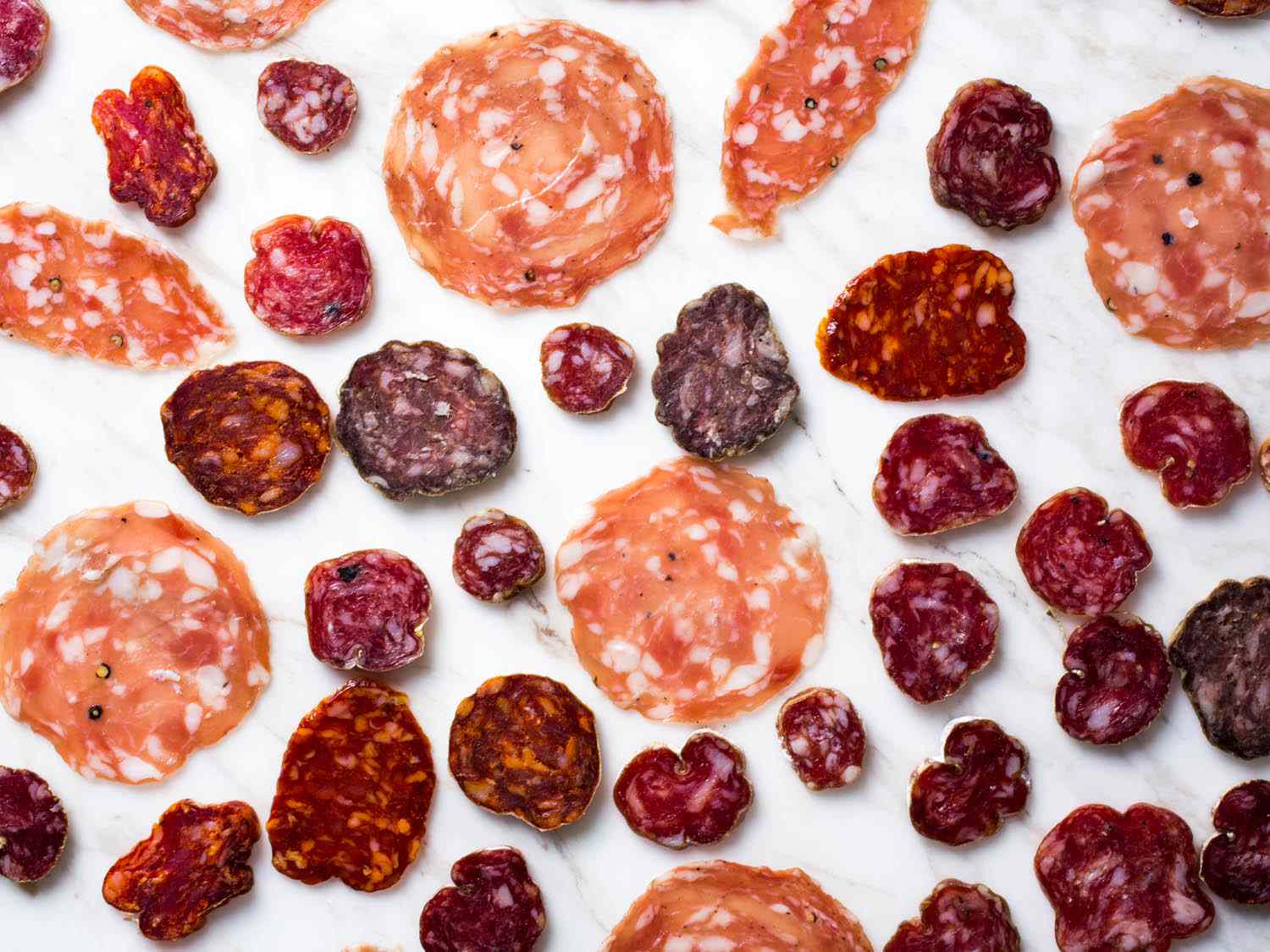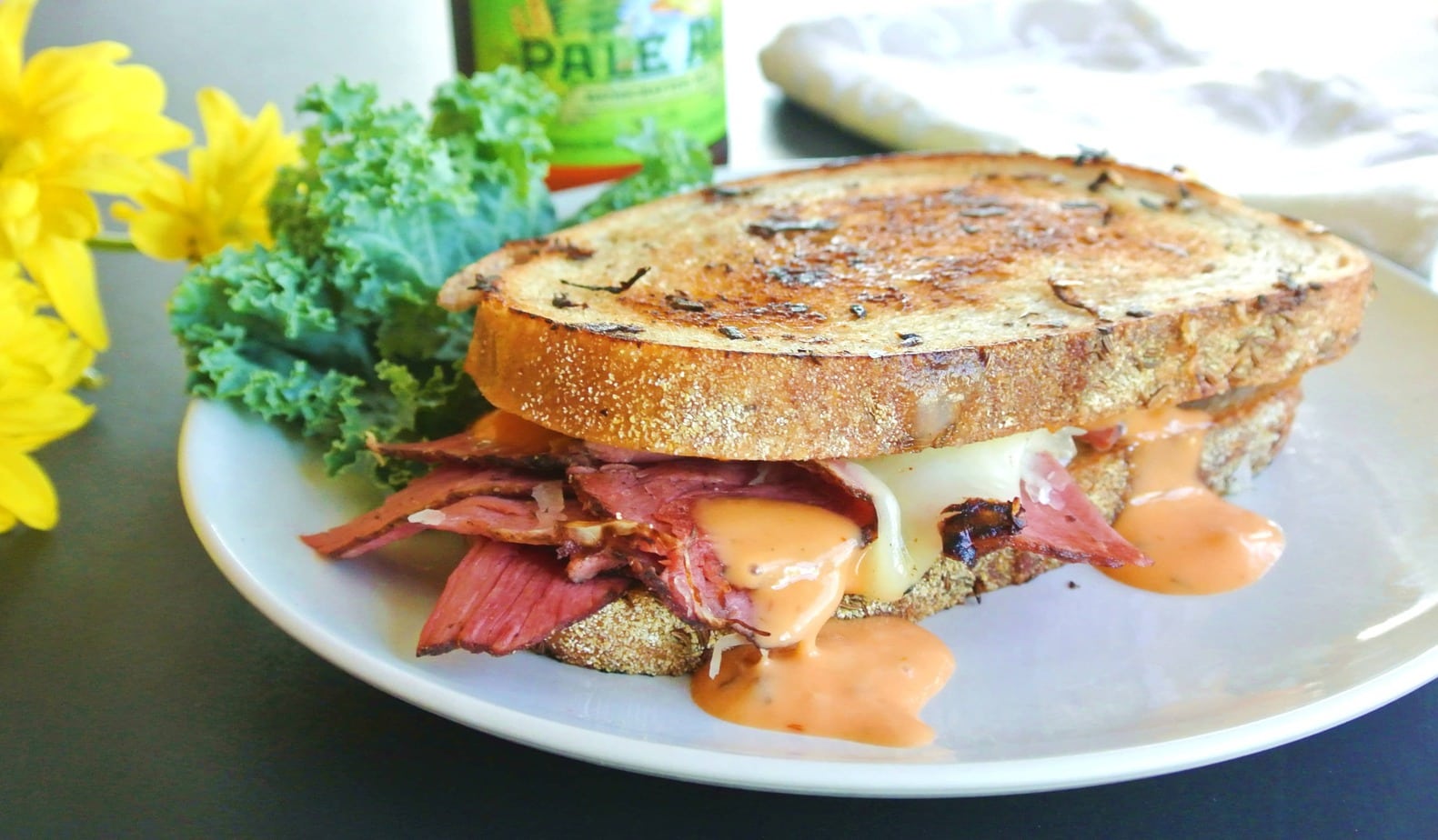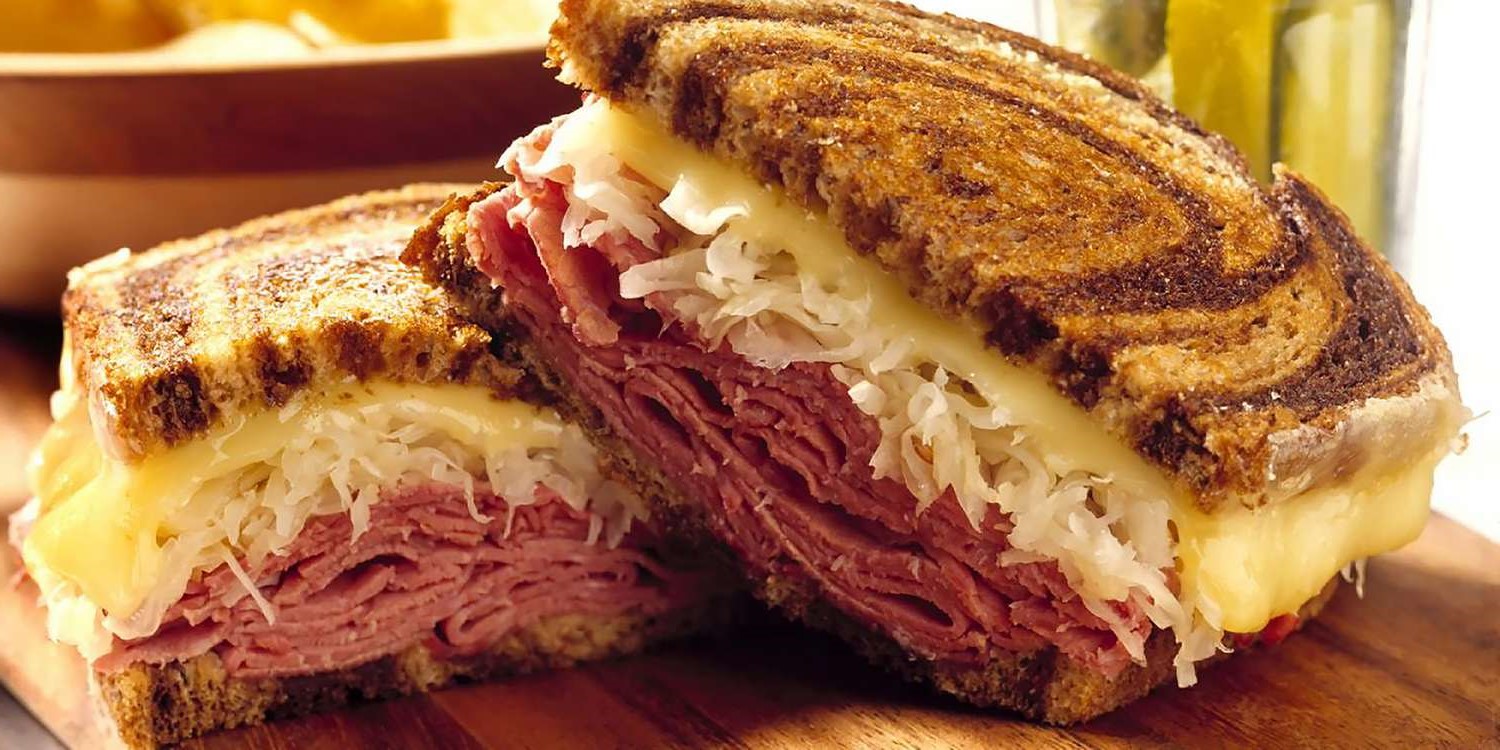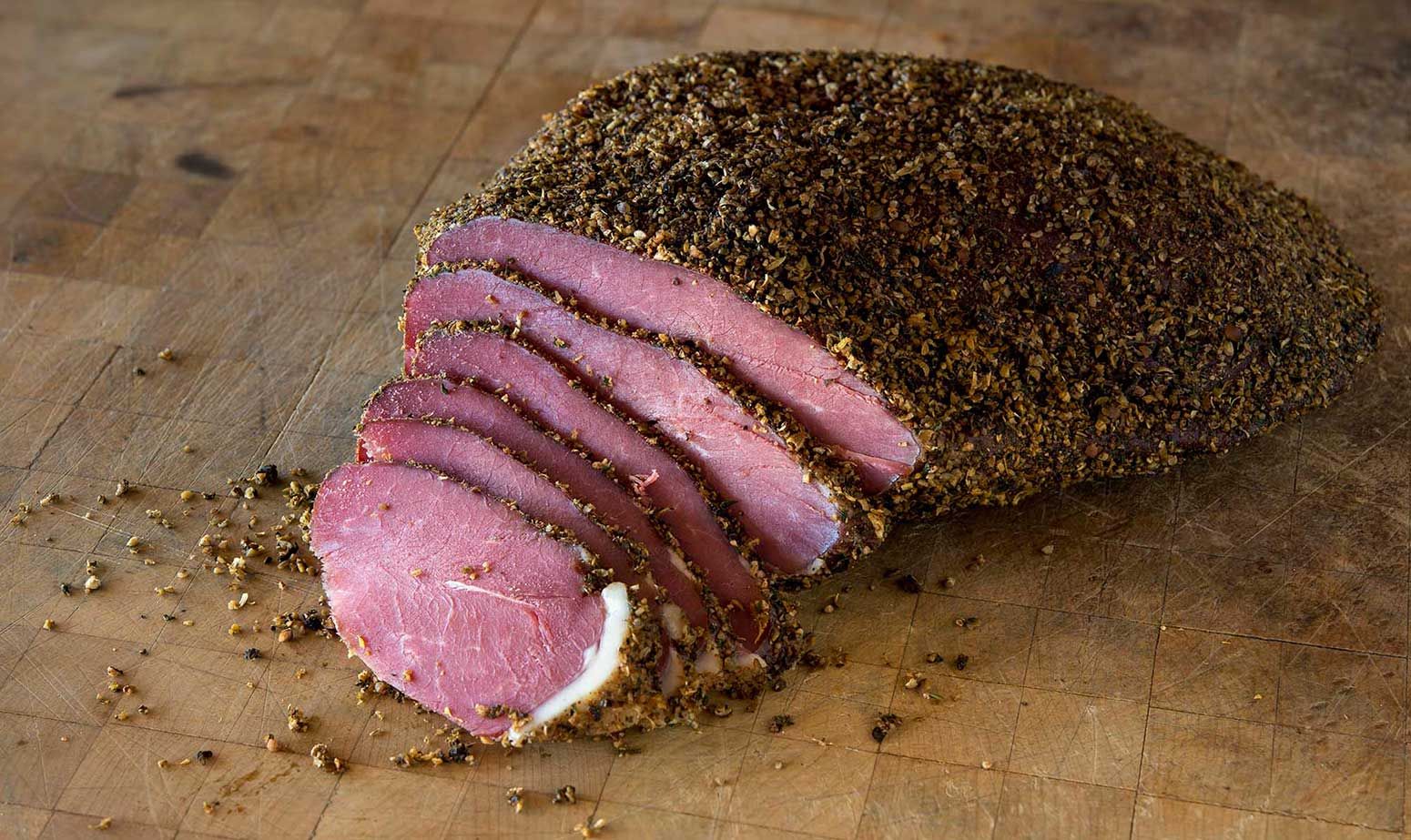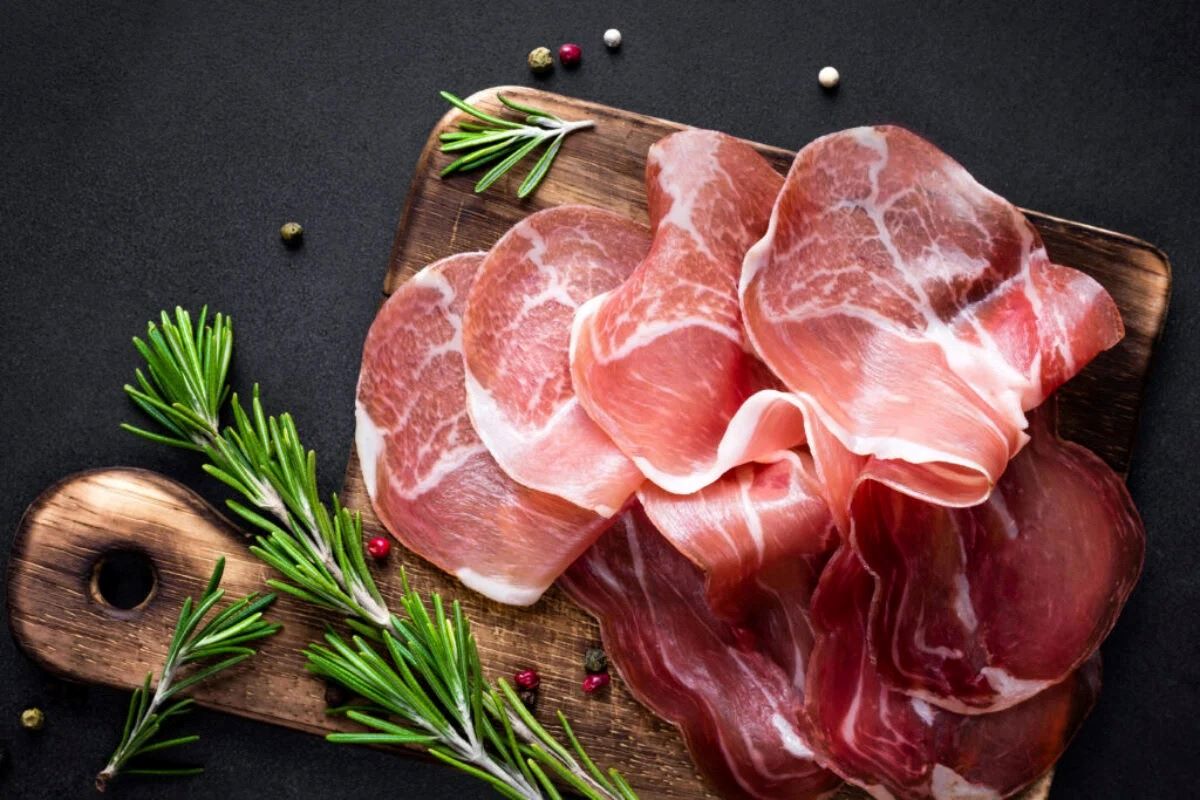Cheese: The Unified Theory of Pairing Cured Meat and Cheese
When it comes to culinary bliss, few combinations can rival the heavenly pairing of cured meat and cheese. The marriage of rich, savory meats and creamy, indulgent cheese creates a symphony of flavors that can elevate any dining experience. But with so many varieties of both cured meats and cheese available, how do you create the perfect pairing? Allow us to present the unified theory of pairing cured meat and cheese, a guide that will take your charcuterie board to new heights.
The Basics: Understanding the Characteristics
Before we delve into the art of pairing, let’s first understand the characteristics of cured meat and cheese. This knowledge will serve as the backbone of our unified theory.
Cured Meat:
- Flavor Profiles: Cured meats can range from delicately salty to intensely smoky or spicy. Different varieties include prosciutto, salami, chorizo, and pancetta, each offering its own distinctive flavor.
- Texture: Texture varies as well, with some cured meats being soft and silky while others are dry and firm.
Cheese:
- Flavor Profiles: Cheese spans a vast spectrum of flavors, from mild and creamy to sharp and pungent. Gouda, cheddar, brie, and blue cheese are just a few examples of the diverse options available.
- Texture: Cheese can be soft and spreadable, crumbly, or hard and aged, adding another layer of complexity to the pairing equation.
The Unified Theory: Finding Perfect Partners
Now that we understand the characteristics, let’s dive into the unified theory of pairing cured meat and cheese. The secret lies in finding complementary flavors, textures, and intensities. Follow these guidelines to create harmonious combinations:
1. Match Intensities:
Pair bold and robust cured meats with equally robust cheeses to ensure neither flavor overpowers the other. For example:
- Spicy salami with tangy aged cheddar
- Smoky bacon with creamy gouda
2. Contrast Flavors and Textures:
For a well-balanced pairing, experiment with contrasting flavors and textures. This creates a delightful interplay on the taste buds. Try:
- Salty prosciutto with sweet and creamy brie
- Soft and buttery pancetta with tangy blue cheese
3. Explore Regional Pairings:
Embrace the rich culinary traditions of different regions by pairing cured meats and cheeses from the same area. This ensures an authentic and harmonious combination. Consider:
- Italian prosciutto with aged Parmigiano-Reggiano
- Spanish chorizo with Manchego cheese
4. Don’t Forget the Accompaniments:
Enhance your cured meat and cheese pairing with thoughtful accompaniments. Crisp bread, olives, honey, and figs all add layers of flavors and textures that complement the main attractions.
In Conclusion
The unified theory of pairing cured meat and cheese provides a guide to creating memorable and delightful combinations. Whether you prefer subtle harmonies or bold contrasts, exploring the diverse world of cured meats and cheeses opens up a universe of gastronomic possibilities. So, gather your favorite selections, get creative, and enjoy the magical union of cured meat and cheese!

